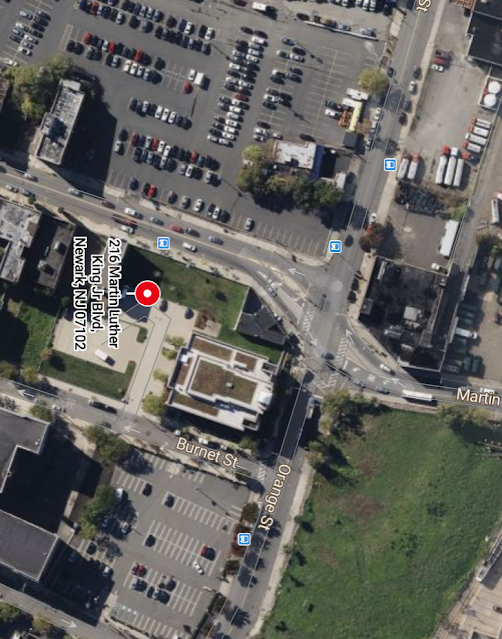Despite what it may appear, Manhattan Arms Company didn't produce any guns in New York.
Manhattan Arms Company was started in 1855 because of one reason: Colt's patent on the revolver was set to expire in 1857.
The company set up shop in Norwich Connecticut led by Mr. Thomas Bacon.
Bacon had already been in the gun business for years having started a previous operation in Norwich, Bacon sold his interests in that operation to work for Manhattan Arms.
Bacon brought with him a single shot design and soon he and fellow gunsmith Joseph Gruber began work on a percussion revolver that looked similar to the Colt model of 1849 Pocket.
In 1858 Bacon left the company and despite a non-compete agreement, started another gun company. He took his revolver design with him and founded the Bacon Manufacturing Company in Norwich.
Manhattan Arms brought a lawsuit, but eventually dropped the suit and moved to a factory in Newark, New Jersey. The factory was located at the corner of Orange & High Streets in Newark.
By 1868 Manhatten Arms was going under, it was purchased or reorganized into the American Standard Tool Company which continued to make revolvers (some still marked Manhattan Arms) until about 1873.
What Remains:
Besides the hundreds of revolvers existing in collections around the globe, there have been articles and even a book written about the company: Manhattan Firearms by Waldo E. Nutter, published by Stackpole Books.
The factory in which Thomas Bacon made the pistols for Manhattan Arms was on Holly Hock Island in Norwich, just feet away from the factory of Volcanic Arms (the predecessor to Smith & Wesson and Winchester) as well as Crescent Arms.
The factory is long gone, it sat on or near the cracked concrete pad in the picture below. The river was used to power the machines.
The factory in Newark New Jersey sat near the corner of Orange & High Streets, at 216-228 High Street. High Street was renamed Martin Luther King Blvd at some point.
Here is a modern ariel picture, the building was where the red pin point is.
The factory was, later occupied by the successor to Manhattan Arms, American Standard Tool Company, as well as a host of other companies over the years, burned to the ground in a great fire that took the lives of 26 women in 1910.
Moving on to the reason for the name Manhattan Arms...the company had from the start been incorporated in New York and had corporate offices there. There are many obvious reasons for this, not the least of which the exposure to exporters and a water port. The office address changed multiple times over the years. Just a guess here, every time the company settled into a new office and printed letterhead, the landlords would jack up the rent. A move to a new location would cost the company money to reprint catalogs and business cards as well as moving expenses. The unscrupulous landlords knew this and took advantage of it.
In the 1855-56 Trow's directory of New York businesses, Manhattan Arms was listed as residing at 205 Broadway. This address must be incorrect, or the address changed as this is the location of St. Paul's Chapel of Trinity Church, which was constructed in 1766 and is the oldest public building in continuous use in Manhattan.
The 1856-57 Trow's directory listed Manhattan Arms at 163 Fulton Street, just a few blocks from the World Trade Center complex.
The next edition of Trow's (1857-58) had Manhattan Arms at 17 Maiden Lane, that address doesn't exist either, but there was a movie from 1936 called 15 Maiden Lane about a jewel heist.
The last address I found for Manhattan Arms was at 50 Cliff Street, that address does exist, it is at the end of Cliff Street next to an electrical substation.
Sources:
http://americansocietyofarmscollectors.org/wp-content/uploads/2013/05/B026_Nutter.pdf
https://www.oldnyc.org/#
http://www.manhattanfirearms.com/
http://americansocietyofarmscollectors.org/wp-content/uploads/2013/05/B026_Nutter.pdf
https://www.oldnyc.org/#
http://www.manhattanfirearms.com/













I sincerely appreciate your work, Thank You.
ReplyDelete